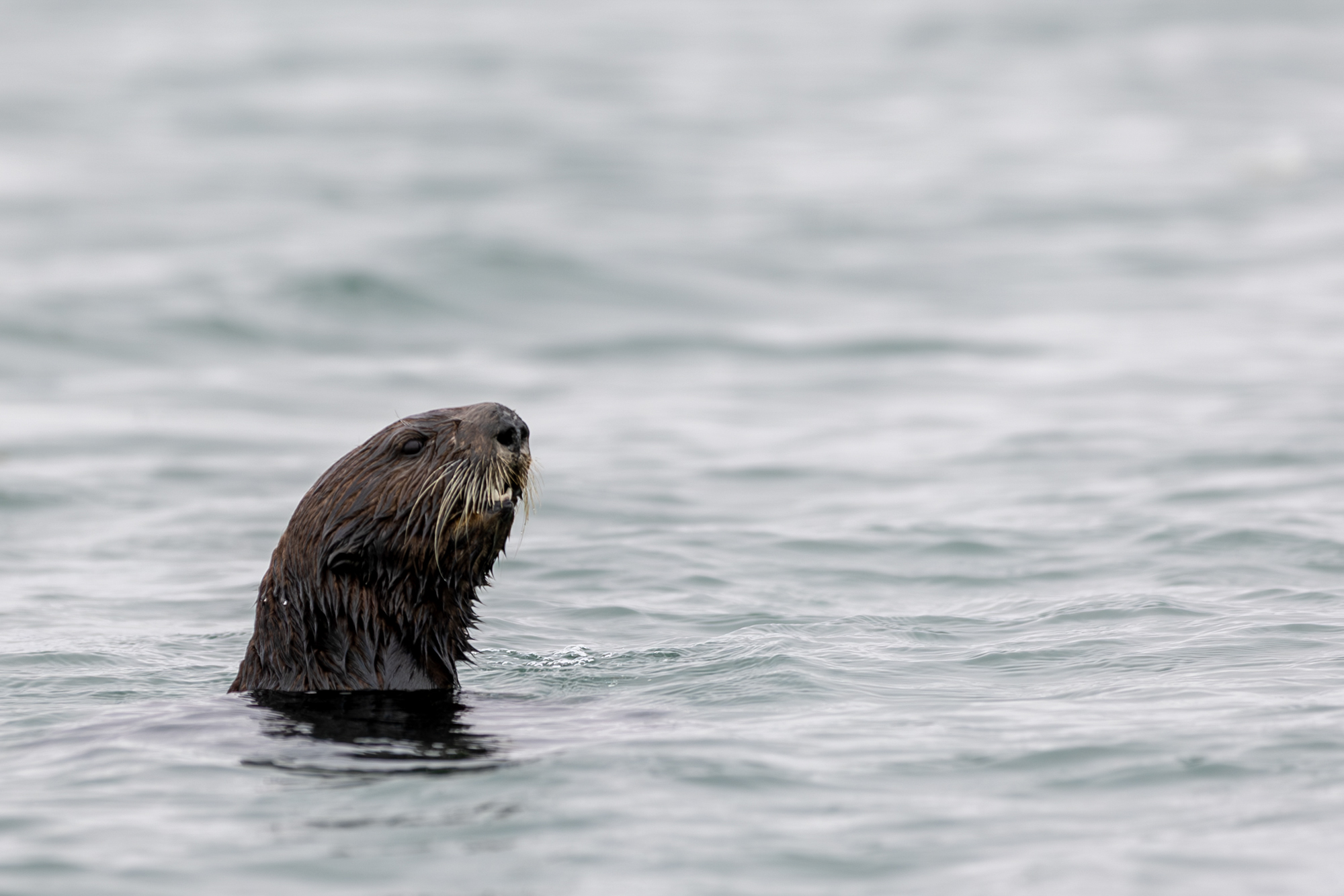
"Gena Bentall paddled her kayak deep into Elkhorn Slough on the lookout for the flip of a tail or the bob of a head. About a mile in, sea otters bobbed in the water everywhere. Around a hundred southern sea otters make their home in Elkhorn Slough, a 7-mile-long tidal marsh and estuary on Monterey Bay, which is also home to a diverse array of birds, plants, fish, and other marine mammals."
""We've seen ecosystems restored as they recovered," Bentall said. "They're bringing with them a wave of biodiversity, recovery, resilience and restoration that goes way beyond just the restoration of their numbers. It's all linked together." What this would mean for Elkhorn Slough, the only estuary along the West Coast where sea otters have significantly colonized, won't be known until after the final rule is released. However, wildlife advocates and scientists argue that protecting species and their environments go hand in hand."
Elkhorn Slough, a seven-mile tidal marsh on Monterey Bay, supports roughly one hundred southern sea otters and a diverse assemblage of birds, plants, fish, and marine mammals. Sea otters in the area have helped stabilize marshland, promote eelgrass growth, and foster biodiversity, resilience, and ecosystem recovery. A 2021 study found otter presence in Monterey Bay slowed kelp decline and produced areas of lush kelp forest. Elkhorn Slough is the only West Coast estuary with significant sea otter colonization and serves as a critical coastal wetland refuge. Proposed changes that could weaken the Endangered Species Act may introduce new risks to these protections.
Read at Kqed
Unable to calculate read time
Collection
[
|
...
]